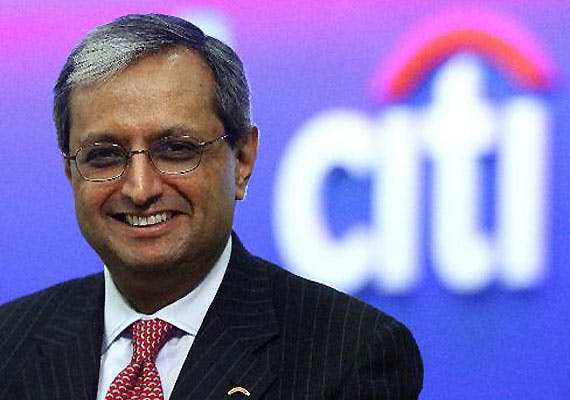Time and again, we hear of a CEO stepping down followed by news of how shareholders reacted.
Why is it we place so much attention on the immediate reaction of company outsiders and so little attention on those on the inside – the employees. Employees are, after all, the people who help influence the performance of a company and look beyond today’s share price.
Last week, Citigroup CEO Vikram Pandit shocked the finance industry with news of his immediate resignation from the company. While shareholders’ reaction is one way to gauge if this is good news or bad, changes in company leadership are times in which Human Resource leaders should understand what this news may mean to employees.
Employees wonder what the change will mean
If companies choose to focus on shareholders above employees, it hurts both retention and recruitment – employee satisfaction is as valuable and costly to employers as product and service satisfaction is to their business.
When a major corporate shift suddenly takes place at a company, such as a CEO transition, employees question what it means, if the company outlook will improve or get worse, and what impact the shift will have on their job. If these questions go unanswered, employee satisfaction can waiver.
Combine this with the state of the economy today in which employee confidence has been modestly improving, it’s understandable why employees may feel like they will lose their seat in the next game of musical chairs. In fact, according to a recent Glassdoor Employment Confidence Survey, 17 percent of U.S.-based employees are concerned they could be laid off in the next six months.
If job satisfaction falls and concerns over job security rise, employees will start to look elsewhere and that sense of instability will become the toughest challenge an employer will face in attracting top talent. When a CEO steps down, HR must step up.
Set the record straight, fast
Just like shareholders want to know why a CEO left, who will be taking charge, and what it means to their wallets, employees want to hear from their employer, too. The most important question to address is: “What does it mean to me?”
HR needs to actively get involved in the conversation by formulating a plan on how to set the record straight on what is happening. The situation can’t be ignored, but the volume on the rumor mill can be turned down by answering questions head on and by being as transparent as possible. HR must help provide a sense of confidence that business will either run as it has been, or, explain how the CEO change will impact employees so that they have the information they need to determine what’s right for them.
The questions, unfortunately, don’t all come to HR. The team that crafts the message must also prepare the department managers and those on the front lines so that they are ready to answer questions from their team as well.
A crucial element here is consistency. Managers must convey the exact same message so that it does not vary from department to department, leaving employees to ask one another, “what did YOUR boss say?”
Remind and reassure
People want stability and the opportunity to advance their careers, and lately there hasn’t been much of that to go around. An unexpected executive change shakes employee confidence and makes them wonder what other surprises are around the corner.
Change is a reminder to reinforce appreciation of employees, their hard work, and their ability to weather tough times. If a company regularly communicates to employees, the consequence will be a strong referral and candidate pipeline. While shifts in the workforce, especially at the executive level, can disrupt company norms, HR can play a critical role in keeping the company on track.
If we put as much weight in the sentiment of employees as we do shareholders, companies will be better served in the long-term both as a business and as an attractive employer.
